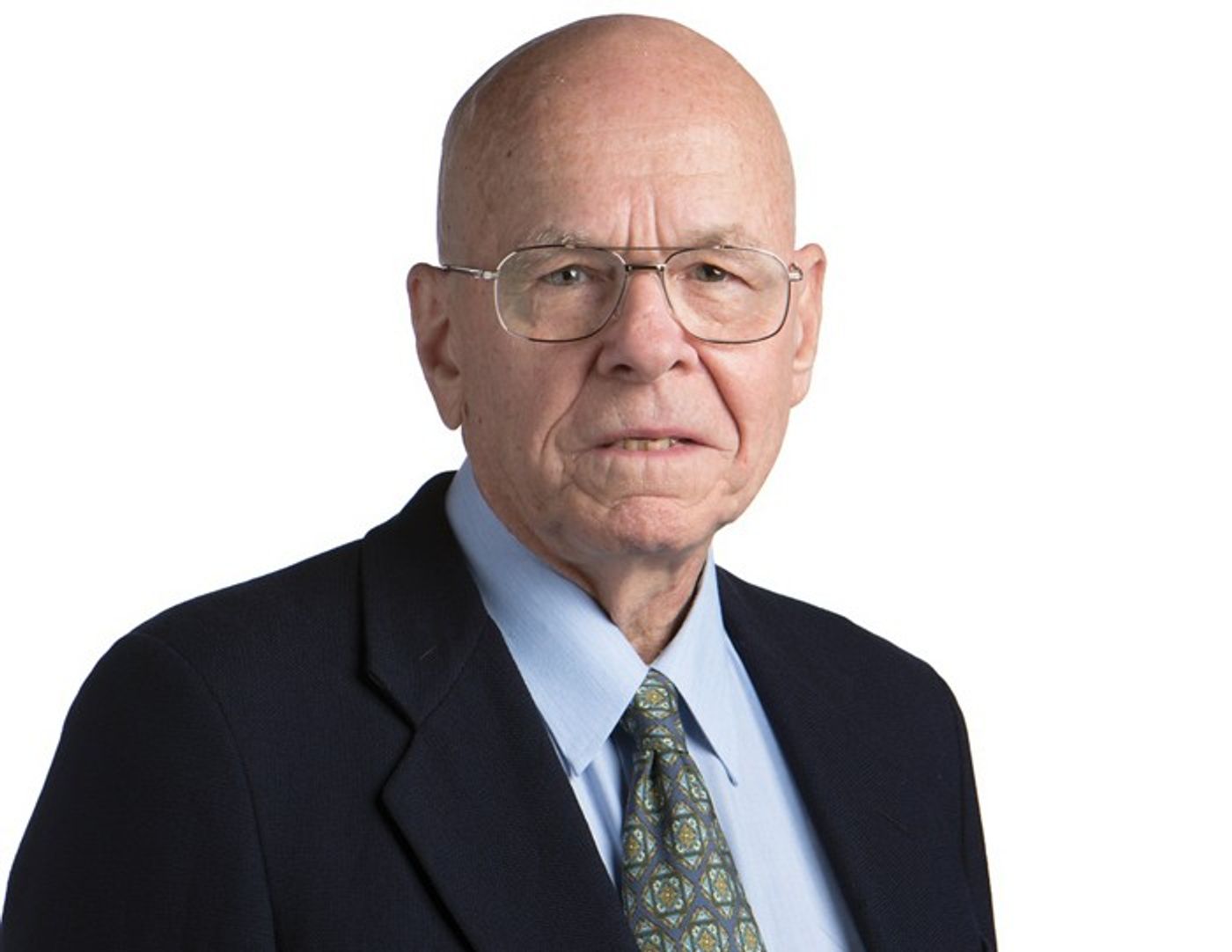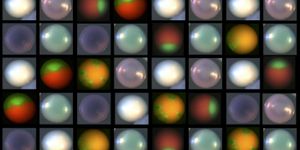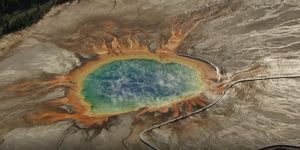The Molecule Magician Awarded ACS's Top Honor
Earlier this week, the American Chemical Society (ACS) presented 2019 Priestley Medal, the organization's most prestigious honor, to Dr. K. Barry Sharpless of Scripps Research Institute at La Jolla.
If one considers the Nobel prize as an award that recognizes individuals who made a world-changing discovery, the ACS's Priestly medal is meant to commemorate chemists with significant lifetime achievements.
Growing up as a fishing enthusiast with few words, Sharpless never pictured himself embarking on a career in research and teaching. Instead of following in his father's footstep to become a medical doctor, he studied organic chemistry for his Ph.D. after graduating college. His undergraduate supervisor at Dartmouth College was convinced that Sharpless would have a great career as a chemist.
Despite losing the vision of one eye shortly after he became an assistant professor at MIT, Sharpless and his team discovered a key mechanism that can drive dihydroxylation reaction after years of research. Using so-called asymmetric catalysis in the reaction, which transforms an alkene (C=C double bonds between two carbons) into a vicinal diol (two –OH groups on the two adjacent carbons), the Sharpless innovative approach reduces the use of a highly toxic and pricey catalytic by two orders of magnitude, making it much easier to explore organic synthesis for biomimetic application.
As a demonstration, Sharpless and his students used it to synthesize (+)-disparlure, a phernomone that female gypsy moths emit to attract their male counterparts.
Along with William S. Knowles and Ryoji Noyori, two renowned organic synthesis pioneers, Sharpless was awarded the 2001 Chemistry Nobel for their work in discovering mechanisms behind chiral catalyzed reactions.
Another major contribution came out of Sharpless's laboratory is click chemistry. Working with his wife Jan (who Sharpless credited for a lot of his success), Sharpless developed the reaction concept in which molecules can readily form covalent bonds with one another as if they are Lego-like building blocks.
The main reaction the Sharpless group focused on was the copper-catalyzed azide-alkyne cycloaddition, studies of which were first reported in the early 20th century. However, with the use of organic solvents, the need for high reaction temperature, and the resultant two hard-to-separate isomers, the old version of the reaction was nowhere close to a "click" reaction.
Using copper(I) as a catalyst, the Sharpless team can make the azide-alkyne cycloaddition happen instantaneously, in an aqueous environment and at room temperature. Their product has only one isomer, saving time and energy for purification. This effortless reaction has found many different applications, from surface modification to labeling biomolecules.
On top of being an ingenious organic chemist with a magical touch with molecules, Sharpless is also known for his passion for science, impulsive generosity, and genuine care for his students. His tireless teaching and mentoring inspire many to devote their career to science. As commented by Julius Rebek, Sharpless’s longtime friend and Scripps colleague, in an interview with the ACS, the Priestley Medal is "an apt recognition of his huge body of work and its service to the chemical community".
Barry Sharpless: Click Chemistry: Recent Advances Used in Biomedicine (MoleClues TV)
Source: C&EN









